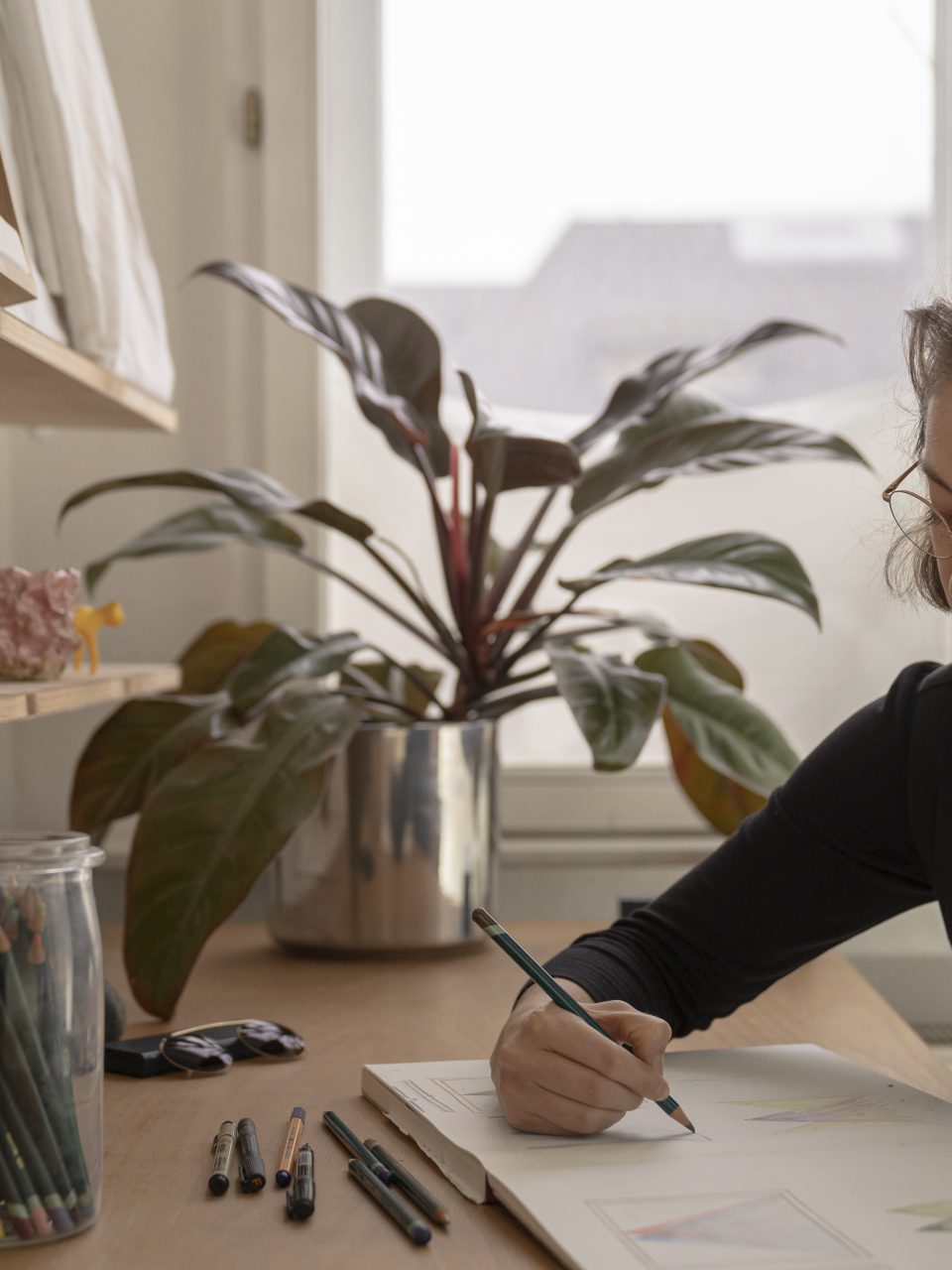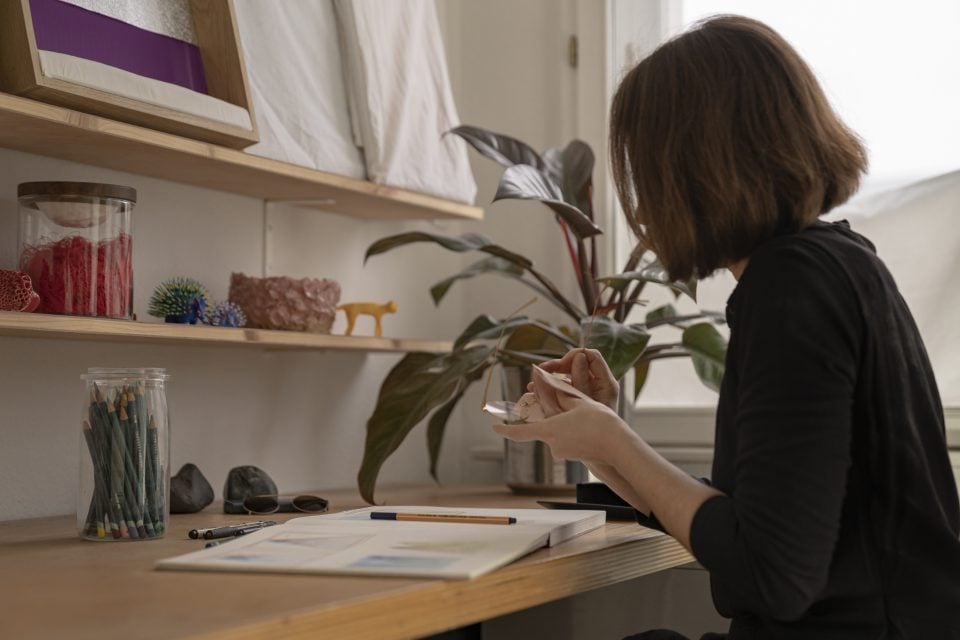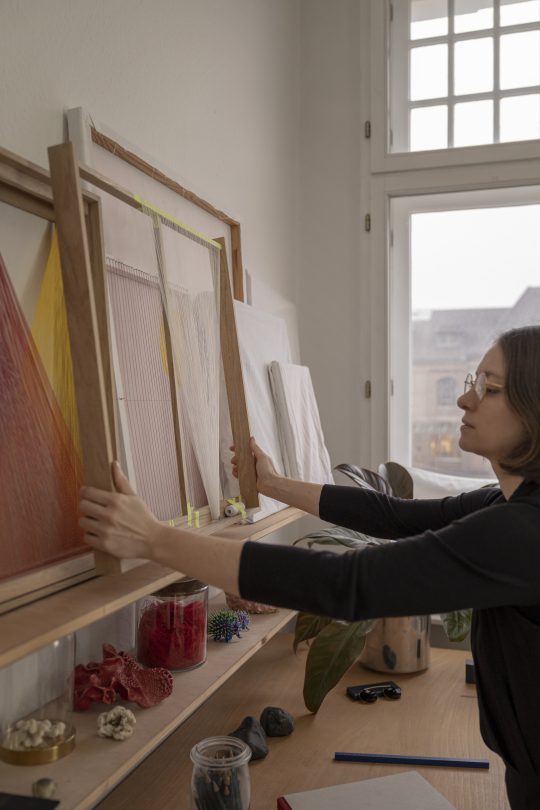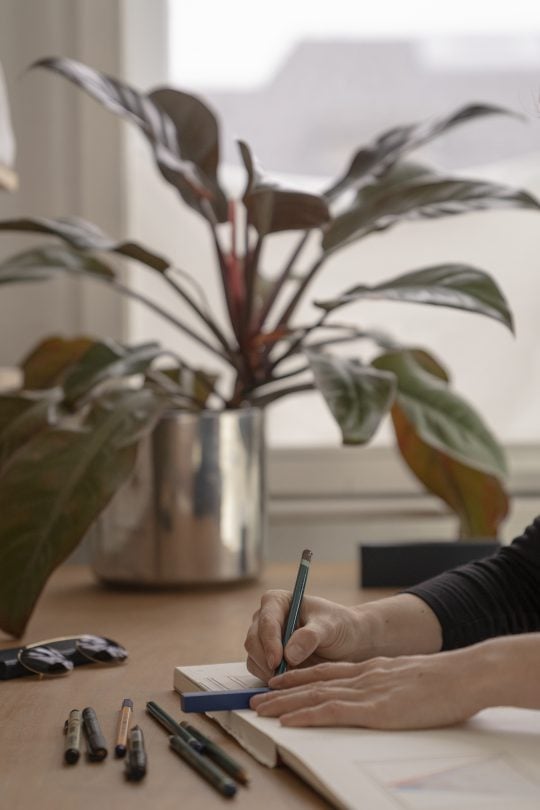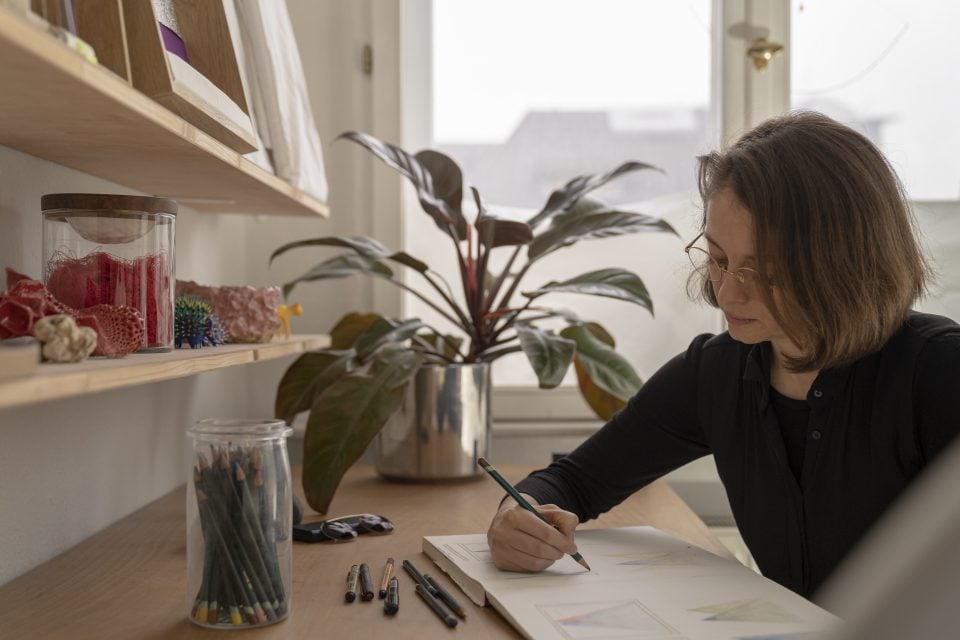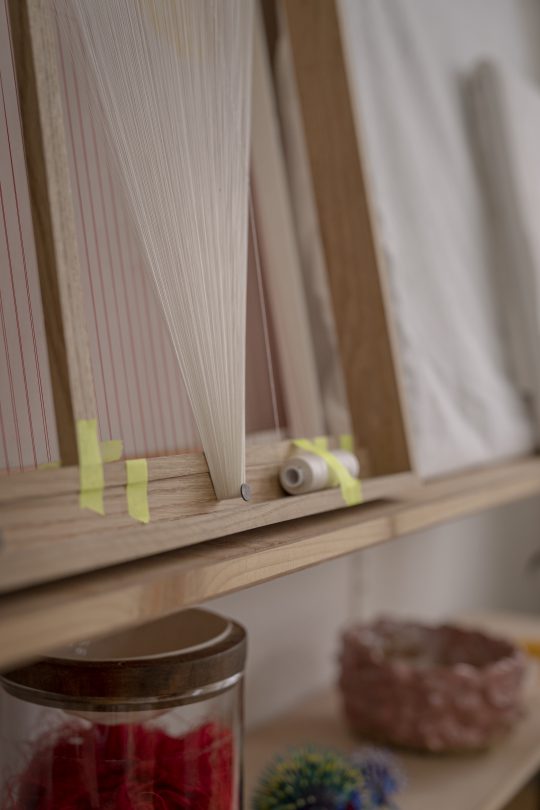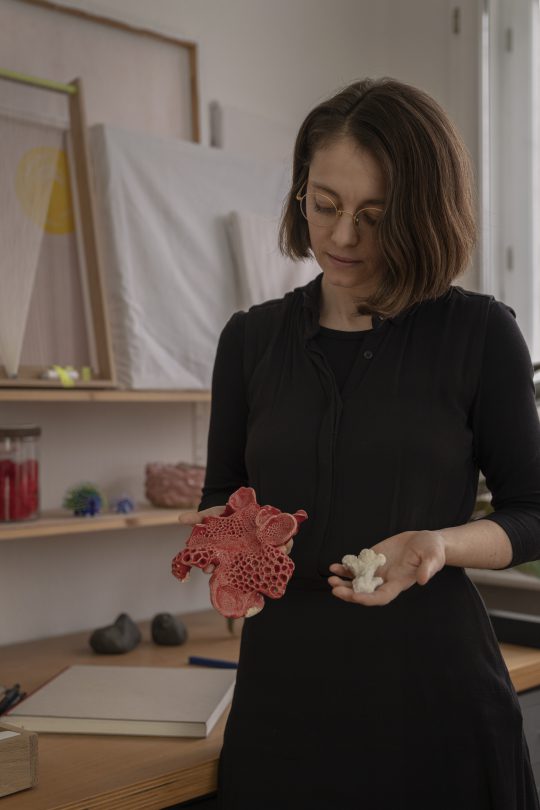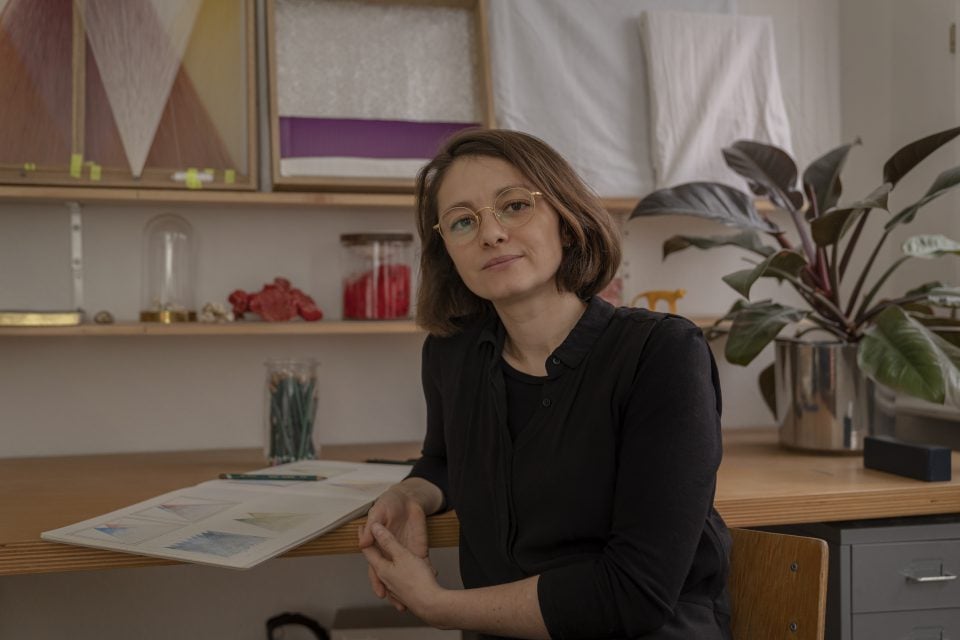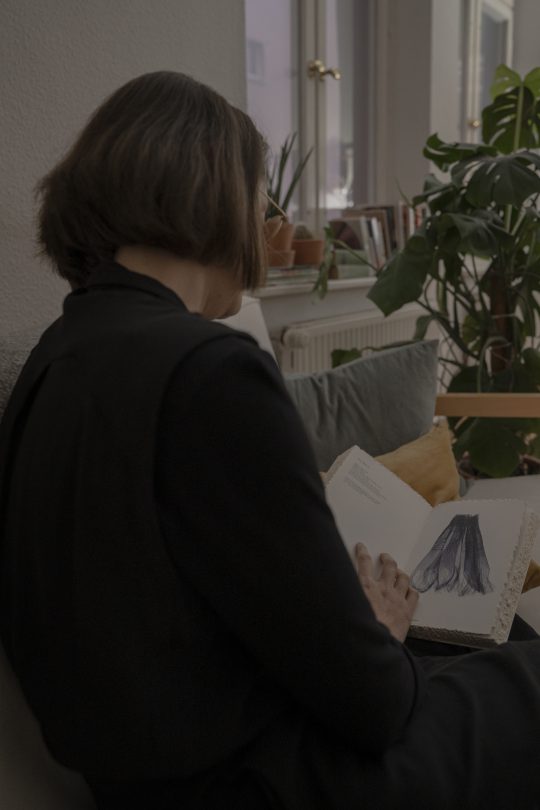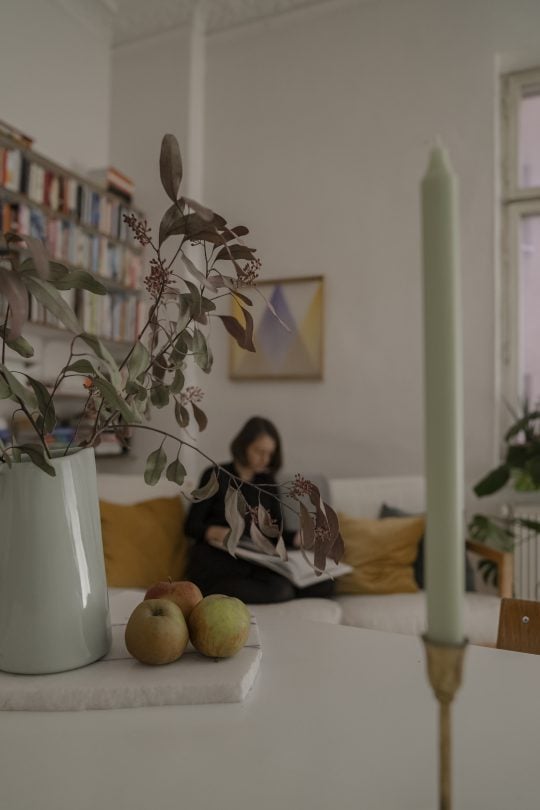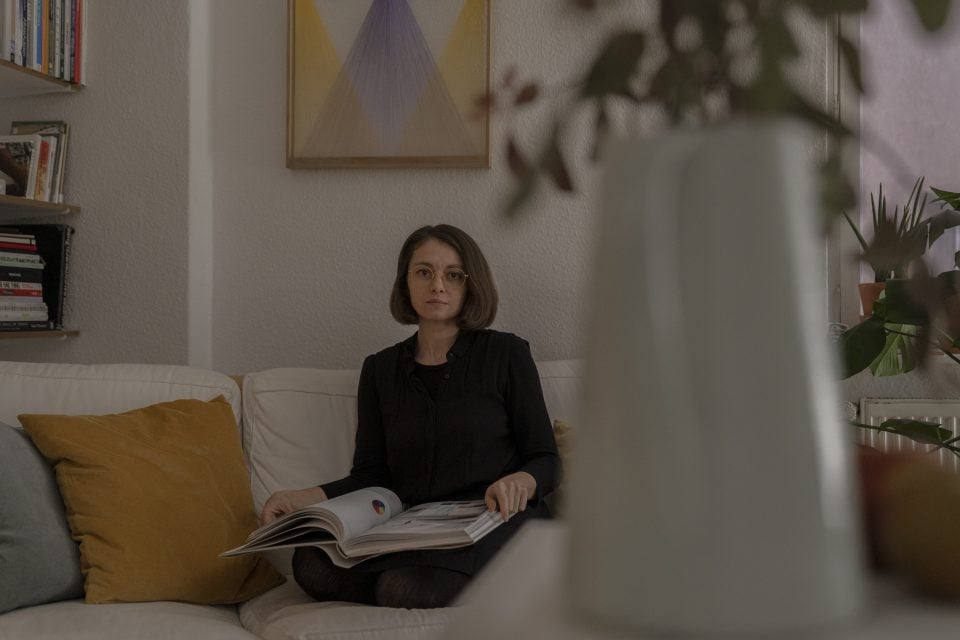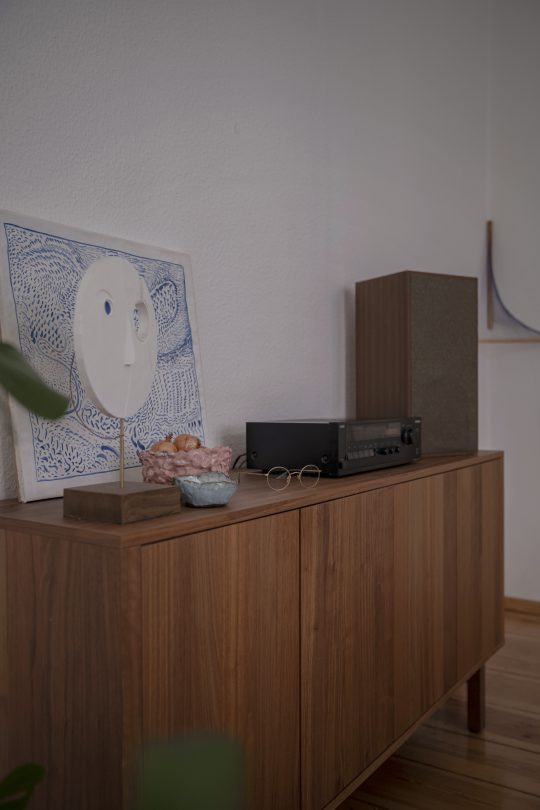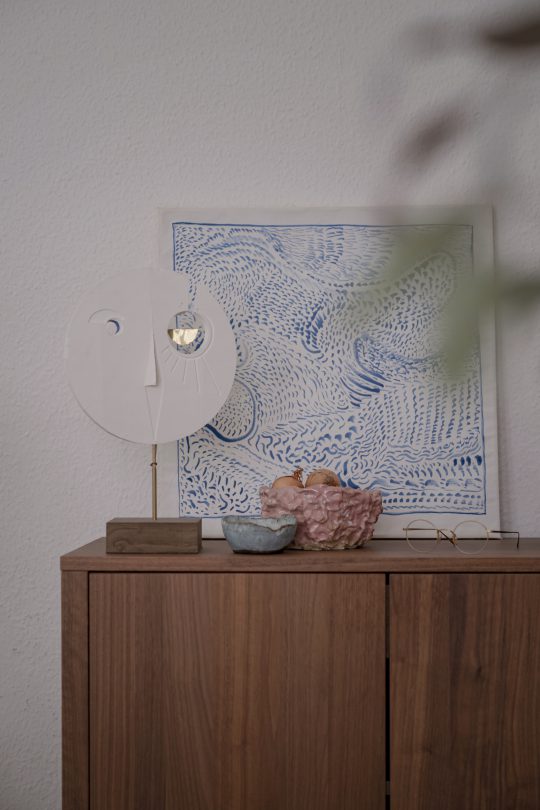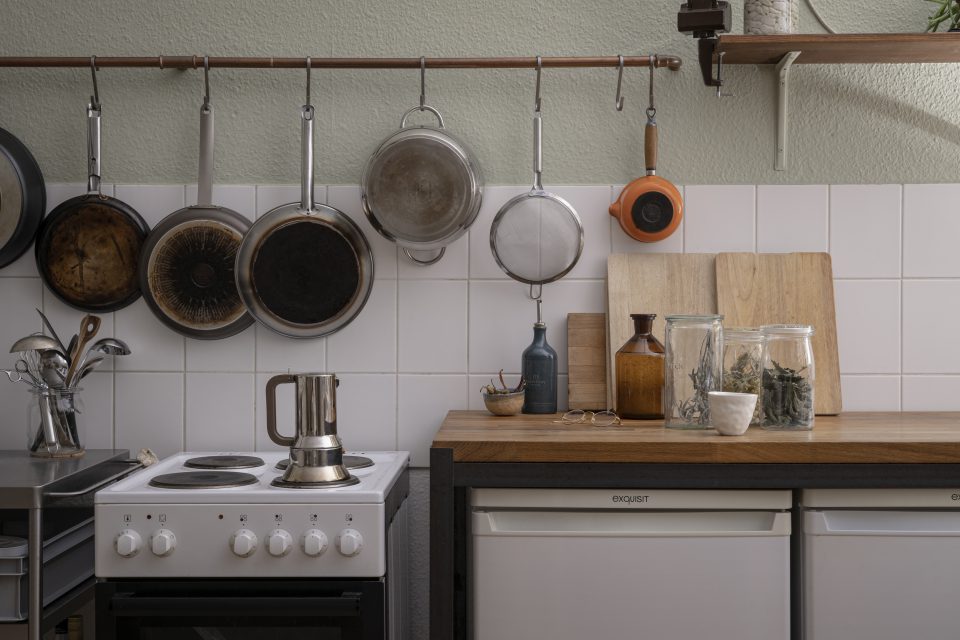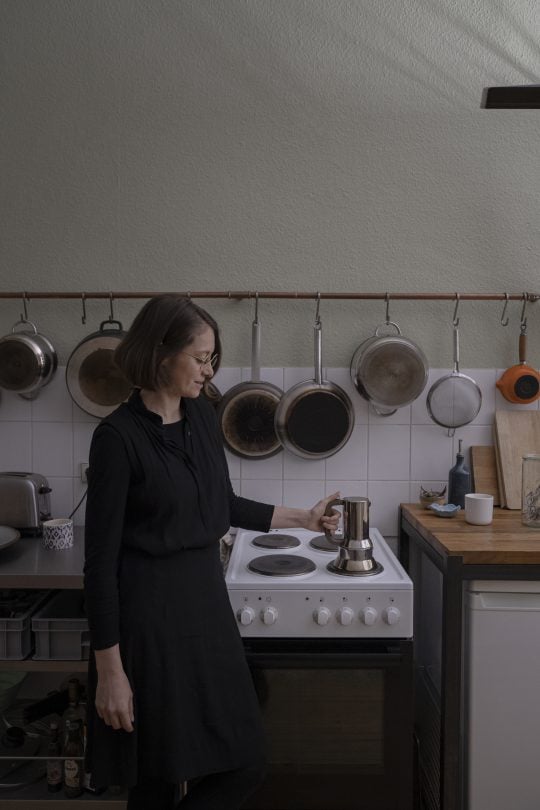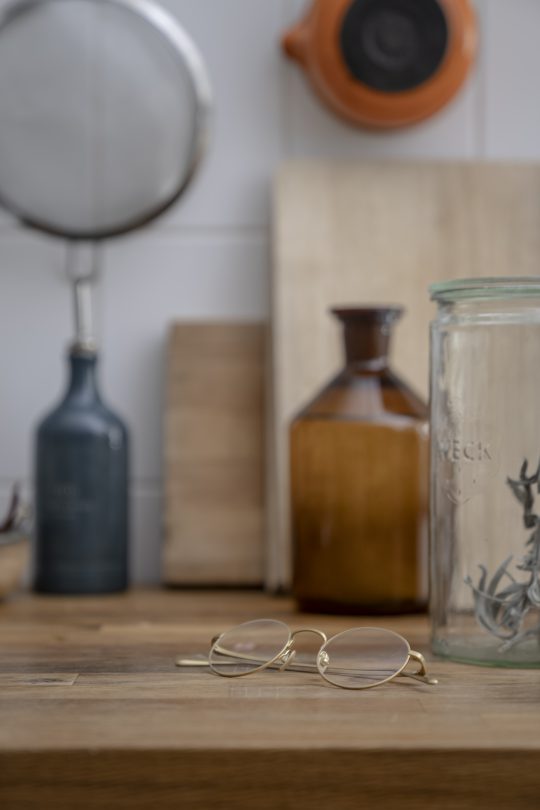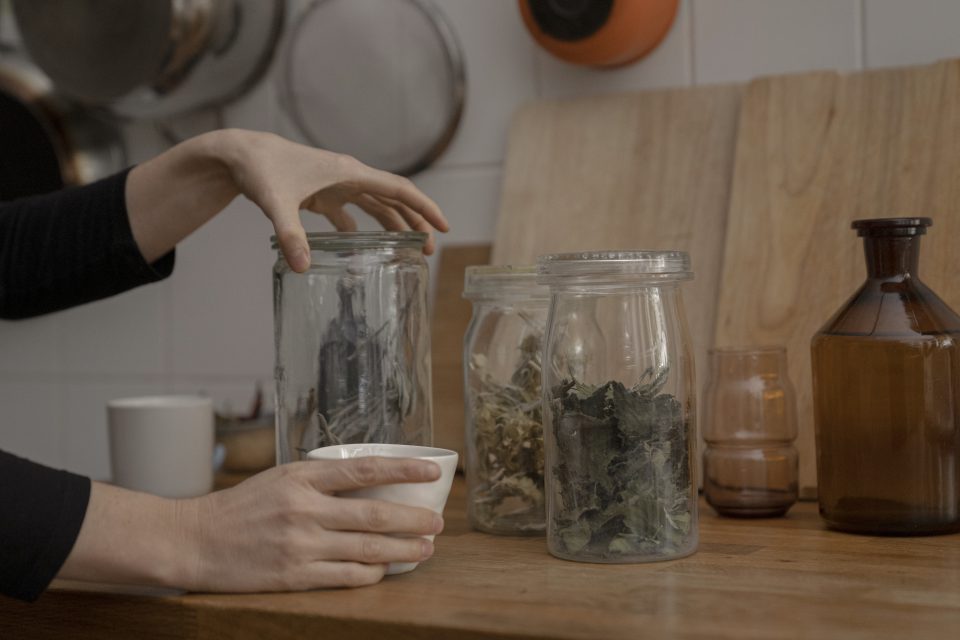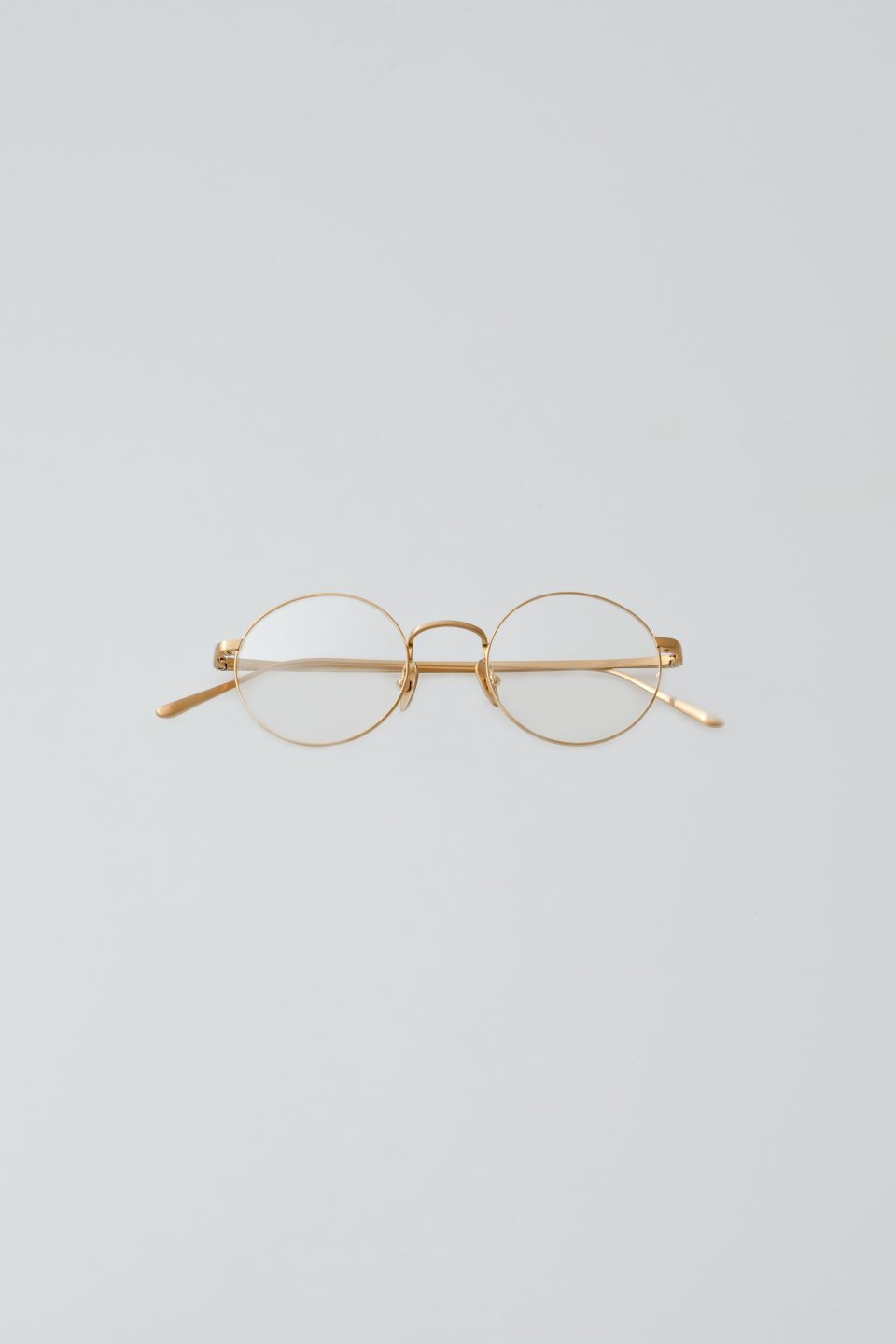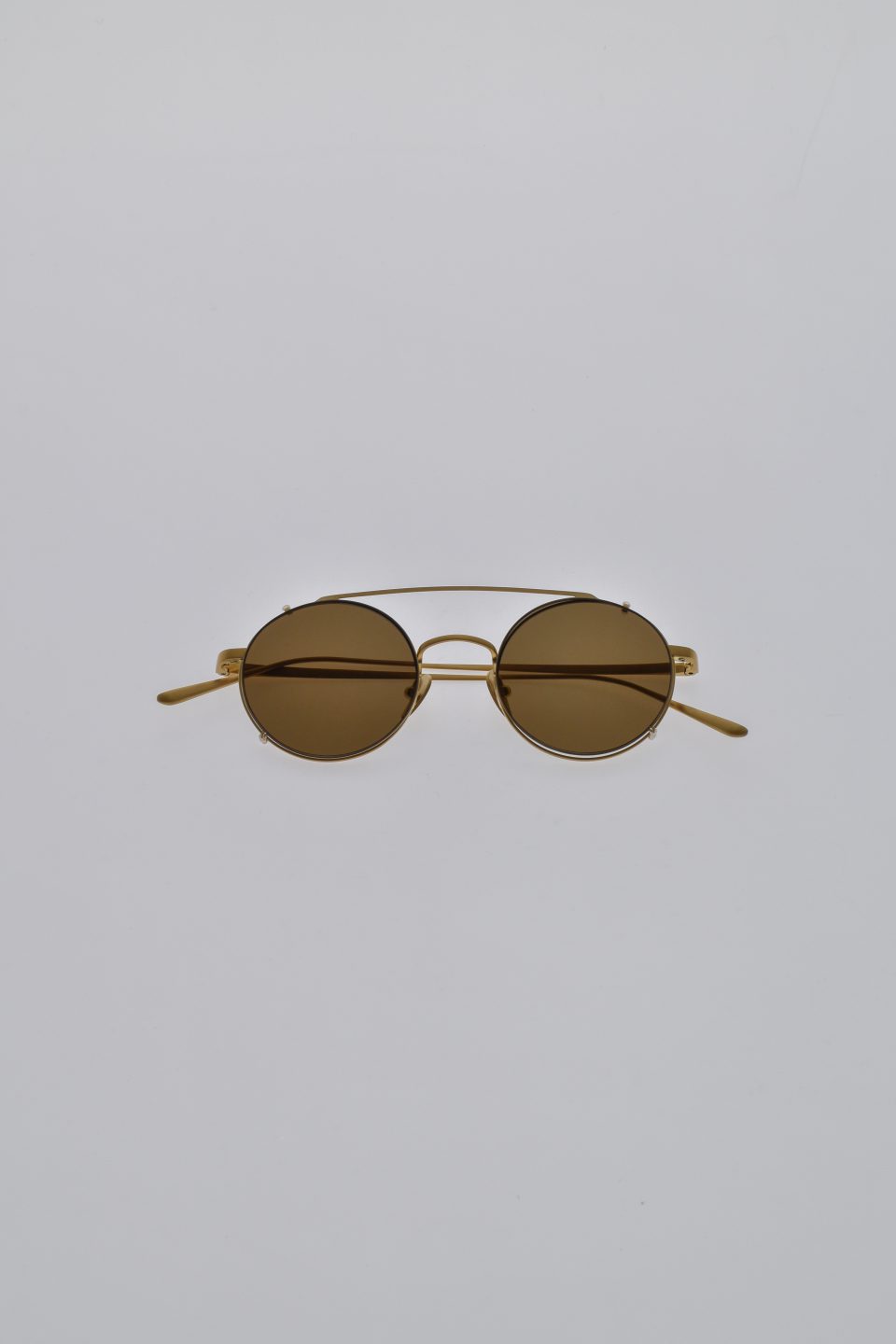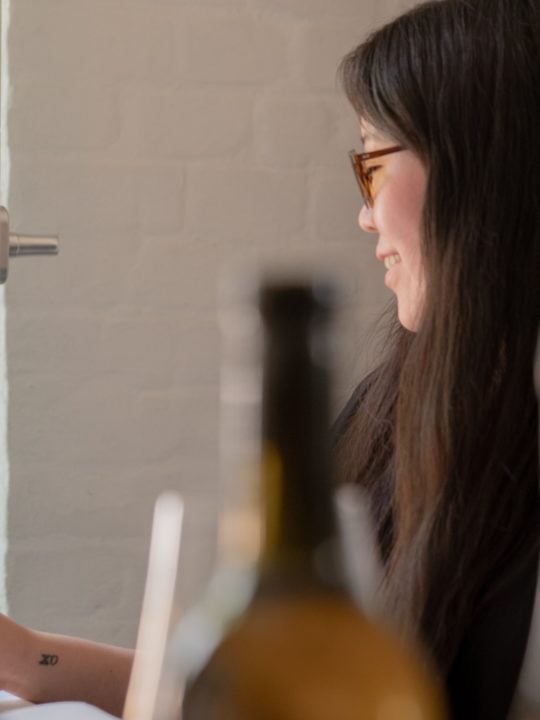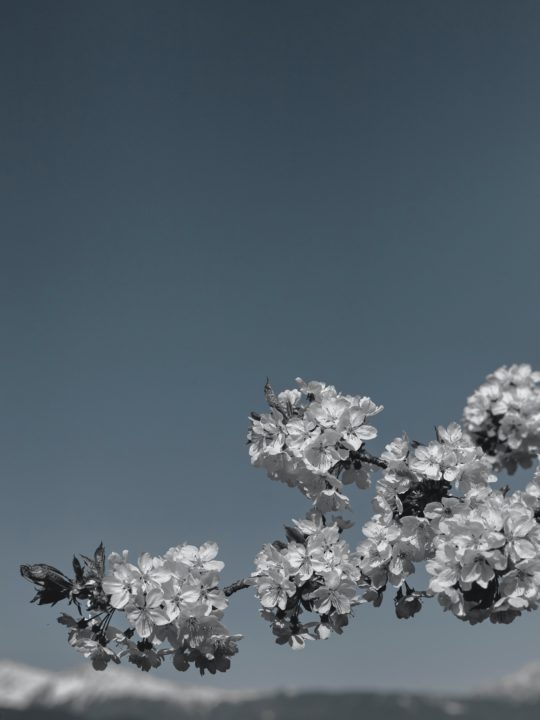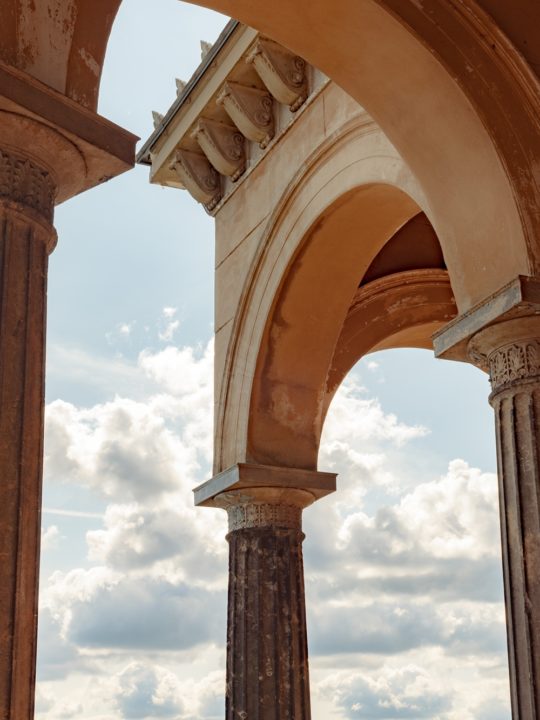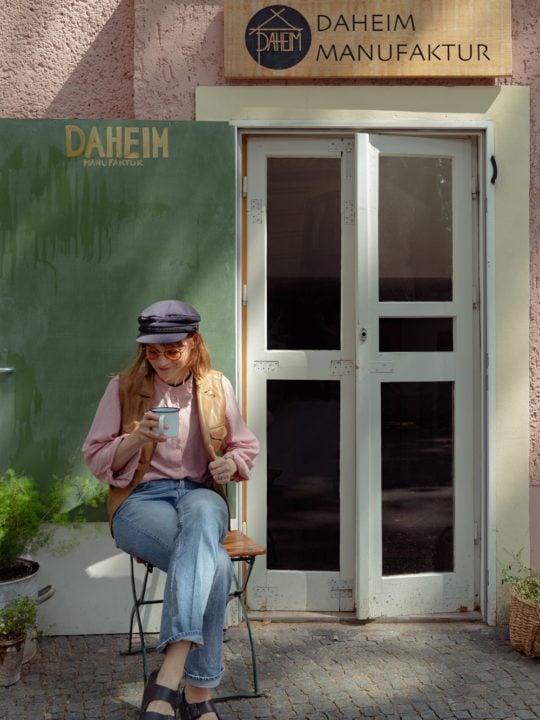IN CONVERSATION WITH YOLANDÉ GOUWS
Barbara Cilliers talks to artist and designer, Yolandé Gouws’
The Berlin based South African artist and designer, Yolandé Gouws’ work is a textural exploration of our human experience; deconstructing and reconstructing the concept of interconnectedness and of our role as creative beings in a world we have largely disconnected from.
Using elements of weaving she examines the emotional properties of colour, resulting in deeply visceral, lyrical creations.
Earlier this month we stopped by her home studio, to talk about the concept of human creativity, of our connection with nature and the environment and how we all see the world through our own unique lens.
YOU ARE SOUTH AFRICAN, WHAT BROUGHT YOU TO BERLIN?
“South Africa is a beautiful and culturally rich country, but in terms of architecture, the history is relatively short. During my first trip to Europe, I was fascinated by the incredible cultural richness of European cities and was determined to come back to further my education. Tertiary education in Germany is free, so it was a simple choice.”
TELL US ABOUT YOUR CREATIVE PROCESS
“The inspiration for my work usually come at once, like an epiphany. I feel inspired to draw my ideas and sometimes they even make it into the physical world. There is a very long distance between an idea and its manifestation, and more often than not, the original idea stays exactly that–an idea–and the creation is something completely different. I find that aspect of the creative process at once fascinating and frustrating.”
WHAT INSPIRED YOU TO BECOME AN ARTIST
“I am very fortunate to be able to say that I had a wonderful childhood with a lot of play time in nature. I loved natural materials; sticks, leaves, pine needles to weave little nests and especially mud! My grandmother is a ceramist and that had an effect on me. My mother and her mother made all my clothes and some of my earliest memories are of sewing with them. I adore fabrics and weaving is by far my favourite craft. It is at once so simple and so intricate. Contemporary architecture can only dream of being woven, yet, weaving is one of mankind’ oldest crafts.”
AFTER YOUR MASTER’S IN ARCHITECTURE YOU WENT TO WORK FOR OLAFUR ELIASSON, WHAT WAS THAT LIKE?
“Well, that was quite the mind shift! The first time I went to Olafur’s studio, I remember my absolute fascination and thinking how incredible it must be to work there, and I was absolutely right. I spent five years working closely with Olafur and it was incredible to see him working through ideas.. It is as if he sees a second layer of reality that we don’t see, and he is able to make what we see visible or clear to us; as if we’re seeing it for the first time.”
“I really appreciate the time that I had with him and the other inspiring people at his studio. It was really a turning point for me. I realised how fascinating art is in terms of it being a uniquely human expression of creativity. I love that idea.”
PEOPLE OFTEN COMMENT THAT YOUR WORK REMINDS THEM OF MUSIC. CAN YOU ELABORATE?
“I think it’s wonderful how the human mind connects different things. In effect sound and colour are very closely connected. Both are simply vibrating energy, but at very different frequencies. Throughout time philosophers have been interested in the connection between the two, most famously, Newton. I would love to collaborate with a sound artist on an installation. An individual with sound-colour synesthesia could be great to work with.”
HOW DOES YOUR WORK COMMENT ON CURRENT SOCIAL OR POLITICAL ISSUES?
“Currently humanity is somewhere between a rock and a hard place and it’s clear that the contemporary human being’s effect on our planet is anything but good. I think it’s important in such times to not human-bash and to remain positive about being human. My work intends to bring out the beauty of craft–in other words–to bring positivity into a uniquely human activity. By believing that we are inherently good, and a part of nature, we can move one step closer to solving the mess that we have created.”
“As American Professor Donna Haraway puts it, we need to ‘stay with the trouble’. We need to stay and work in, and at, the mess that we have created. I agree strongly and think that we should support each other in our various efforts to save our planet and at the same time celebrate the positive aspects of being human–the beauty that we are able to create in so many ways.”
“Every person has the ability to be creative in one form or another, and we need to encourage that spirit in all of us. Having a creative mindset rather than a competitive mindset is uplifting and allows everyone to take part, rather than only those who are the best at what they do.”
“I believe that deciding for a creative mindset is a step in the right direction. I hope that through my work, I inspire others to engage in their personal creative process too, or at least to experience positive emotions whilst viewing my work.”
WHO HAVE BEEN YOUR BIGGEST INFLUENCES?
“I am really grateful to my parents for all the childhood freedom they provided me with. I was greatly affected by the abundance of nature on our plot of land in Pretoria.”
“In my adult life Olafur Eliasson has been the biggest influence, and I am very much indebted to him and his inspiring studio for all I learnt and experienced whilst there.”
“Other artists who inspire me are the Swedish weaving artist Hanna Norrna. Her work is strong and very much rooted in female identity and the perception thereof.”
“Veteran weaving artist Sheila Hicks’ life and body of work are really inspiring too. She is truly prolific and experimental.”
“Analisa Teachworth is as an example of an artist who is fearless in her expression of her ideas of the world. Her work, as well as her person, is very strong and I respect her very much for her strength and dedication to making her artistic voice heard.”
HOW HAS YOUR CAREER AS AN ARTIST DEVELOPED?
“My career trajectory is unconventional, because I’m not classically educated as an artist, rather a self-invented one. Personally, I think that is interesting, but I have also received a lot of criticism. In my view, everyone’s an artist, quite literally. Every one of us creates our own universe that we live in. Nobody lives in the same world. I love that idea and I really celebrate humans and being human.”
“My final architecture studies project was about housing, a topic that really speaks to me, because the home is the most intimate sphere of our lives and every home is in a way a curation of its owners. Homes are fascinating and the idea of architects designing blank homes, like blank canvases, with deliberate qualities and in specific social structures really excites me. Jane Jacobs wrote an excellent book on the topic; ‘The Death and Life of Great American Cities’, a fascinating read. Also, housing structures are so culture-related, and sadly much of that is disappearing. Housing blocks are replacing traditional housing systems and with that, much culture is getting lost.”
“A curator friend, Laura Bernhardt, encouraged me to set up my first exhibition in her one-room apartment. The following year I had an exhibition with Nanna Rosenfeldt-Olsen at Dzialdov in Berlin. The installation filled the entire room and consisted of only one continuous thread that contracted and expanded to fill the space. It symbolized our thought world; how our thoughts are at times compact, as if they are wound tightly on a spool in our minds, and other times they expand to fill and embrace the space we are in.”
“Last year I had an art residency in Japan. There I came to learn about Japan’s deforestation problem and made a peace installation between man and nature. I had to think a lot about how we as humans tend to separate ourselves from nature, but we are nature, and we need to make peace with ourselves.”
A CLOSING THOUGHT FOR ASPIRING CREATIVES…
“My work is my expression of creativity–my intrinsic humanness. We all have ways of expressing ourselves, and we need to be honest about them and share them with confidence. We need to realise that we are all different and to celebrate the different ways that we express ourselves and to encourage our friends and families in their creative expressions. The beauty of creativity is that, like nature, it is so incredibly diverse. Every one of us is different and has a different way of expressing ourselves, and that’s worth celebrating!”

